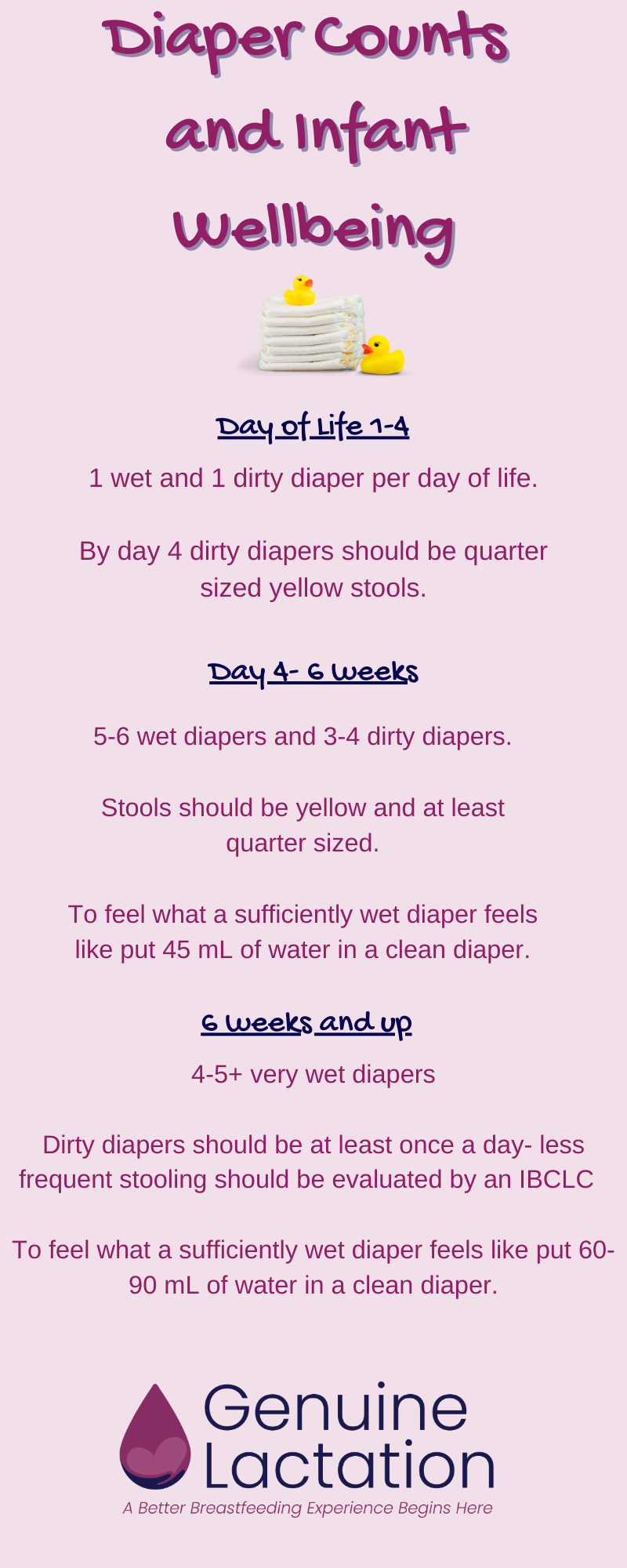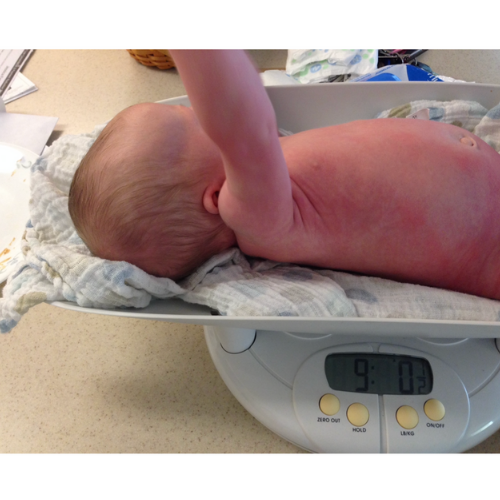Weighing Your Baby at Home & Weighted Feeds
In normal times if you are concerned about your baby's weight gain getting a weight check is as simple as a quick trip to the pediatrician, or an in-person consultation with a lactation consultant. If you are seeing a lactation consultant there is even a good chance that they have a scale that is sensitive enough to what is called a weighted feed, or a measurement that tells us how much milk your baby actually consumed during a feeding. The weights we typically get from a pediatricians office are called serial weights, or weights that taken over time can assess if your baby is gaining weight at the proper rate. With social distancing measures still the primary and most effective way to protect our new babies, normal manners of weight gain assessment may not be available or practical right now. This post will show you the to use a baby scale available on amazon, and non scale based methods of assessing milk intake, to help assess if your baby is growing appropriately.
The most common question I have been asked about monitoring weight gain at home is how to do a weighted feed at home. This is often viewed by lactation consultants and new parents as the gold standard for making sure their baby is getting enough breastmilk. It can be very reassuring to go to a lactation visit and see the proof on the scale that your baby is taking in a full feeding when nursing, this confidence boost can go a long way towards supporting a breastfeeding relationship. The scales we use to take these coveted weights are sensitive to 2 grams, and are often in the range of $500 to $1500 depending on the model. Some lactation consultants who do not typically see brand new babies in the first few days of life opt to use scales that are sensitive to 5 grams, but those are still $150-300 depending on the model. The scales that are available for home use are typically only sensitive to 15-30 g, which is enough of a variance that this type of scale can not accurately give us a number we can use to determine intake at a particular feeding.
Weighted feeds are certainly an important tool in the lactation consultant's toolbox, and there are times these numbers can be very helpful in determining if a baby is transferring enough milk. They also have their limitations, and understanding exactly what this number represents will help you understand how your baby can be assessed without it. A weighted feed provides us with information about the total fluid volume of breastmilk your baby consumed. What this number does not tell us is the calorie content of the milk consumed. Breastmilk on average contains 22 calories per ounce, with a range of 13-35 calories per ounce considered normal. This energy content varies by mother, as well as by the time of the day for a particular mother. This is why some babies appear to grow incredibly well on 20-25 oz of milk per day, and others require more or less to meet their needs. The true value of the weighted feed is in detecting the baby who is not transferring milk despite outward signs of a good feeding, but this can also be detected by the lack of adequate diapers or serial weight gain.
So what options do we have for monitoring this situation at home? The first option that is most commonly used is monitoring diaper counts. For the first four days of life the number of wet and dirty diapers corresponds to the day of life. Stools go from that dark greenish black sticky meconium to yellow by day 4.
Sometimes determining if a diaper is adequately wet can be tricky. The graphic on the left shows you how much water you need to put in a clean diaper to determine what a wet diaper feels like. If your baby is not making enough wet and dirty diapers you need to be in touch with a lactation consultant and your child's health care provider. There needs to be a plan put in place to improve breastfeeding and determine if supplementation is required.
Another option we do have available at home is to use an inexpensive baby scale to weigh your baby over the course of several days. These scales are available on amazon for less than $50 and they are accurate to the half ounce, which makes them insufficient for a weighted feed, but perfect for a serial feed. This scale on amazon is the scale I have used at home with my babies, and is the scale that I loan to clients who need to monitor weight gain frequently with new babies.
The only thing you have to watch taking your weights at home is making sure you weigh the baby at the same time, wearing the same thing, and making sure your blankets are not hanging over the scale.
Here is a picture of my middle son on this exact scale. I had a history of supply issues so weighing at home helped me to relax a little so I could spend more energy enjoying my sweet newborn. Weighing at home is not necessary for every baby, and it could certainly bring anxiety for some parents. For those parents that find comfort in seeing that the numbers are moving in the right direction this can be a great option to reassure them that breastfeeding is going well. If you need assistance determining if you are weighing your baby correctly, or if the numbers you are seeing are good reach out to a lactation consultant, that is something we can easily help with!



